Our Pick of the Top 10 Experiences in Myanmar
Myanmar isn’t all about temples and sunsets. Hike to rural villages in Hsipaw, slurp delicious shan noodles on the streets of Yangon, discover secluded beaches in the south, and crawl through limestone caves in Hpa An.
 Photo © iStock/f9photos
Photo © iStock/f9photos
Tourism is on the up in Myanmar. Just because it's suddenly hit the radar of travelers around the world, that doesn't mean the infrastructre meets the demands.
Choose your methods of transport wisely, travel slow to really take it all in, choose local businesses to put money back into the pockets of the locals, and do your best to avoid un-ethical tourism activities.
Start planning now, Myanmar's best kept secrets won't stay secret for long.
1. Witness a Bagan Sunrise
Watching the sunrise over the temples of Bagan is a highlight for most travelers, but there are two ways to do this. Either you choose to take the luxury method of a hot air balloon ride, or explore the temples by e-bike to get up close to the temples (but not too close, these UNESCO-listed temples won't last forever if you trample all over them).
If you’ve got your heart set on ballooning, know that it’s pricey – around US $300 – and needs to be booked well in advance. Balloon rides also only occur between October–March. For those who travel outside of this period, or can’t quite afford the hefty price-tag, there are plenty of temples that offer stunning vantage points, and can be conveniently reached by e-bike (US $5–$10/day).
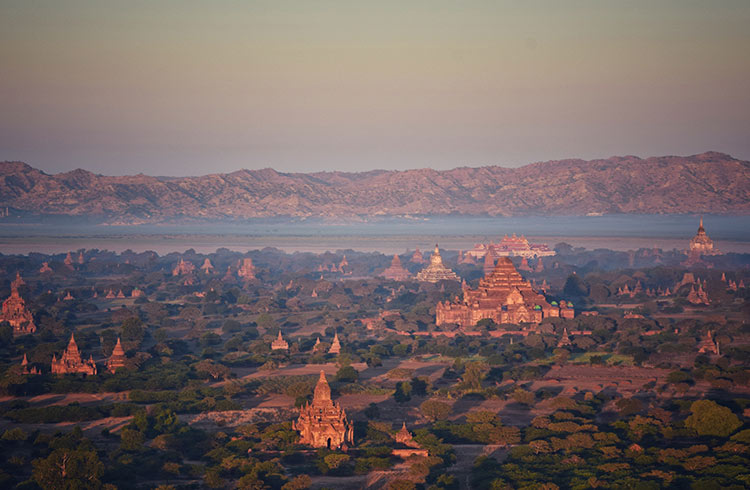
2. Cruise Along the Irrawaddy River
Trade the hustle and bustle of sightseeing on land for a leisurely boat ride upriver from Bagan to Mandalay. Cruising this route may not seem like the most obvious choice – buses make the trip in six hours, compared to 12 on the river – but it’s the best way to discover rural life along the river banks.
Many boats make afternoon stops at riverside villages, like Yandabo, an historic town known for pots and other goods made of river clay. From the deck, see kids playing and bathing in the river, farmers tending their fields, and fishermen reeling in their catch-of-the-day.
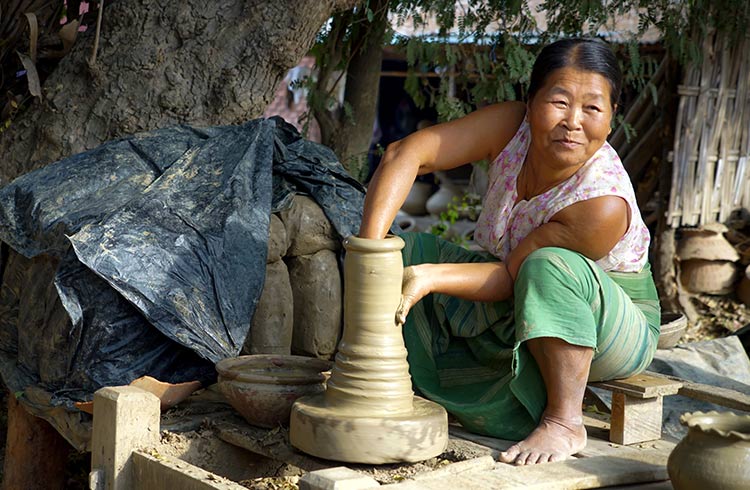
3. Chasing Waterfalls and Hot Springs in Hsipaw
Set at the foot of snow-capped mountains and alongside the Duthawadi River in northern Myanmar, take a hike through rice paddies to find ancient payas, natural hot springs, and rushing waterfalls in Hsipaw.
Ask your guesthouse owner for a map, and take an easy two-hour hike through the jungle to find Nam Tuk waterfall – a moss-covered cliff, towering over a bubbling pool below.
There are a few hot springs around Hsipaw that are an easy day-hike from the center of town. If you go there late in the afternoon or early morning, you’ll meet locals who are often relaxing in the warm water.

4. Meet the One-legged Fishermen on Inle Lake
Dotting Inle Lake are the infamous one-legged fishermen*, who steer their boats by wrapping one leg around the oar. Their impressive balancing skills will leave you wanting to sign up for a yoga class. Enjoy their catch-of-the-day at one of the stilt-restaurants that rise above the lake.
*Worth noting, these fishermen actually do have both their legs. They aren't literally one-legged.
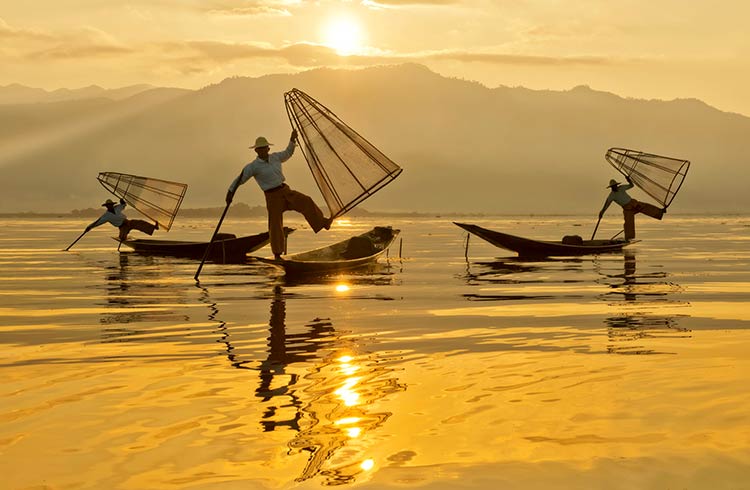
5. Take a Hike up Mandalay Hill
Walking up Mandalay Hill will take about 30-45 minutes, without stopping. If you choose to walk, keep an eye out for snakes – especially after dark. If you’re not a fan of working up a sweat, get your driver to take you to the top.
This popular pilgrimage site has several pagodas and monasteries to check out. A highlight is Sutaungpyei pagoda on top, which has several lookouts where you’ll be rewarded with panoramic views. If you’re chasing sunsets in Myanmar, this is a spot to add to the list.
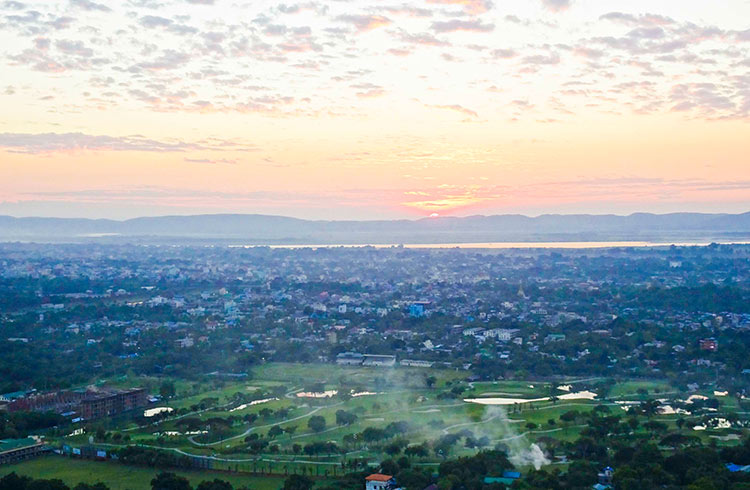
6. Trek from Kalaw to Inle Lake
If bucket showers and squat toilets aren’t your thing, skip this multi-day-trek. Still got your attention? Great. A trek to Inle Lake from Kalaw will put you in the heart of Myanmar’s wilderness, and take you back to basics.
Heading west out of Inle Lake, you can trek directly to the former British Hill Station of Kalaw. While this trek has become popular, there’s a chance you won’t see any other tourists on the path. Hire an English-speaking guide who’ll be able to translate for you once you reach the Pa’O, Palaung, Taungthu, and Danu villages.
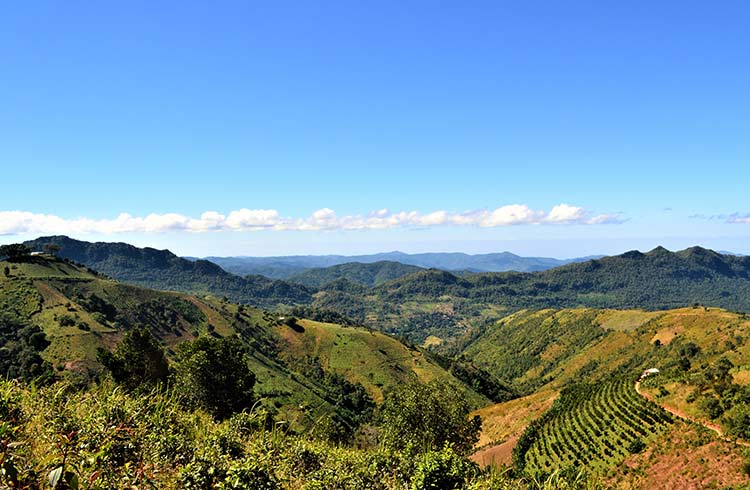
7. Explore Sadan Cave in Hpa An
Hidden away in the mountains around Hpa An you’ll find several impressive caves, which can be easily explored over two days. The most remarkable of these is the colossal Sadan Cave. It spans the entire underside of the mountain, and takes you right through to the other side via a network of dimly-lit tunnels and cavernous chambers filled with depictions of Buddha.
On the far side, you’ll discover a secret lake covered in water lilies, where a small wooden canoe will take you back under the mountain.
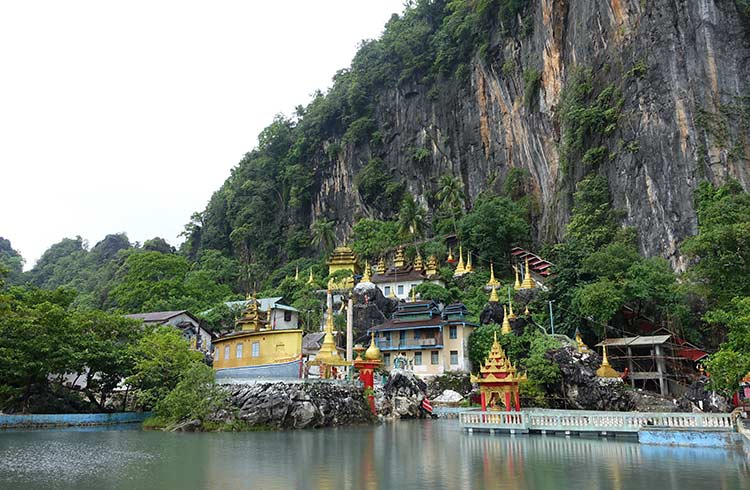
8. Sample Burmese Cuisine on the Streets
Hands down, Yangon is the best place to try street food. With so much to choose from, you can eat on the curb every day for a year and still have more to try. Be sure to try the south-Indian-inspired dosa sandwich, the tasty quail egg snack mont lin ma yar, and classic shan noodles. Finish off a day of food delights with a sticky-rice and shaved coconut.
In Mandalay, don’t miss mont di, which is thick rice noodles with chickpea flour. There’s also a lot of skewered meat to try on most street corners. Accompany a stick of pork, chicken, fish, or shrimp with a small curry, and you’ve got yourself a cheap and delicious meal.
Always check the stall before you order, making sure cooking surfaces are clean. Remember, the busy stalls are always your best option – the locals know best.
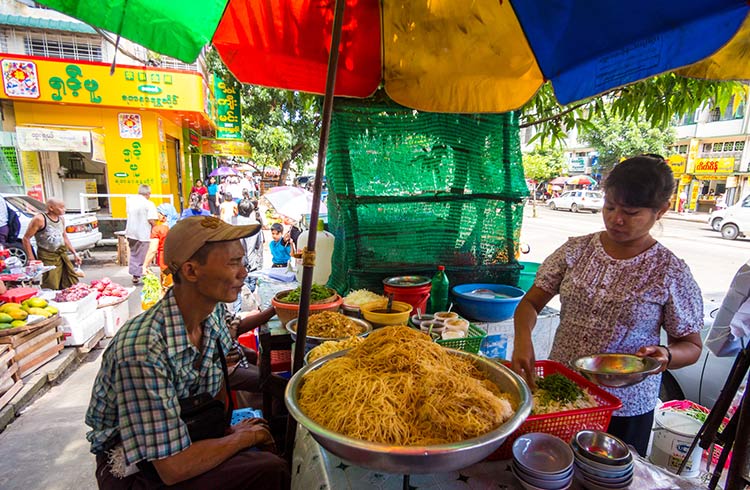
9. Long Journeys Equal Big Rewards on Myanmar’s Coast
Take a 16-hour bus from Yangon to Dawei to escape the tourist trail and kick back in tropical Myanmar. To reach truly untouched beaches and fishing villages, you’ll want to rent a motorbike to explore the Dawei peninsula. Take the journey (1.5 – 3 hours from Dawei) to reach Grandfather’s, Sin Htauk, and Paradise beach.
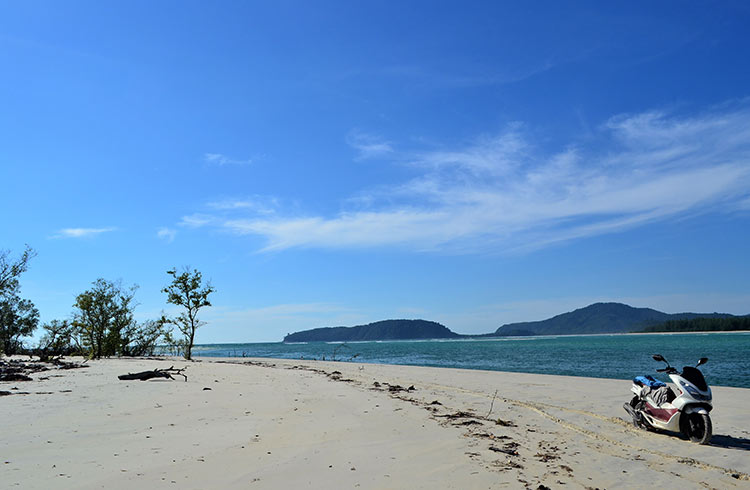
10. Get a Super-soaker and Experience Thingyan Water Festival
Myanmar’s answer to Thailand’s Songkran Water Festival, the Thingyan Water Festival is held during Burmese New Year (usually around mid-April) and is a major Buddhist celebration in the country.
The festival is basically a massive water fight, where people throw water at each other from any vessels they can find. Some use super soakers, some use pots from the kitchen, and others have massive water cannons! It’s easy to join in the fun – you can hit the streets with your water-weapon of choice, and start soaking everyone you see.

So long as you tread carefully, show respect to all local communities you visit, and keep up to date with dangerous "no go zones" to avoid trouble, you'll no doubt be planning another trip back before you leave.
Related articles
Simple and flexible travel insurance
You can buy at home or while traveling, and claim online from anywhere in the world. With 150+ adventure activities covered and 24/7 emergency assistance.
Get a quote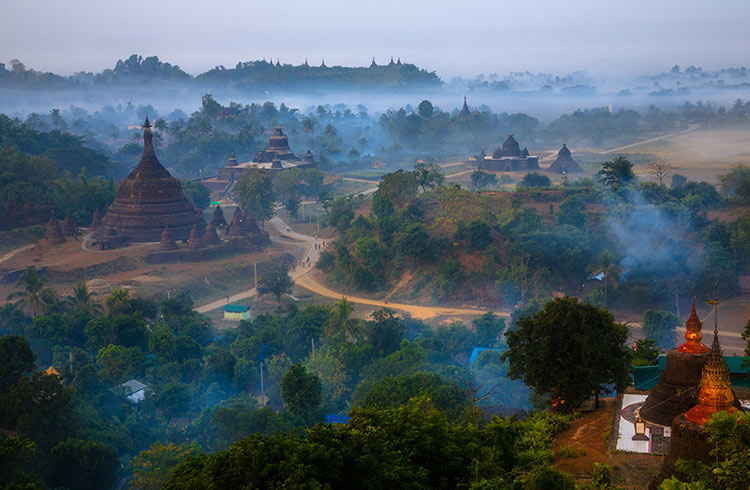
No Comments